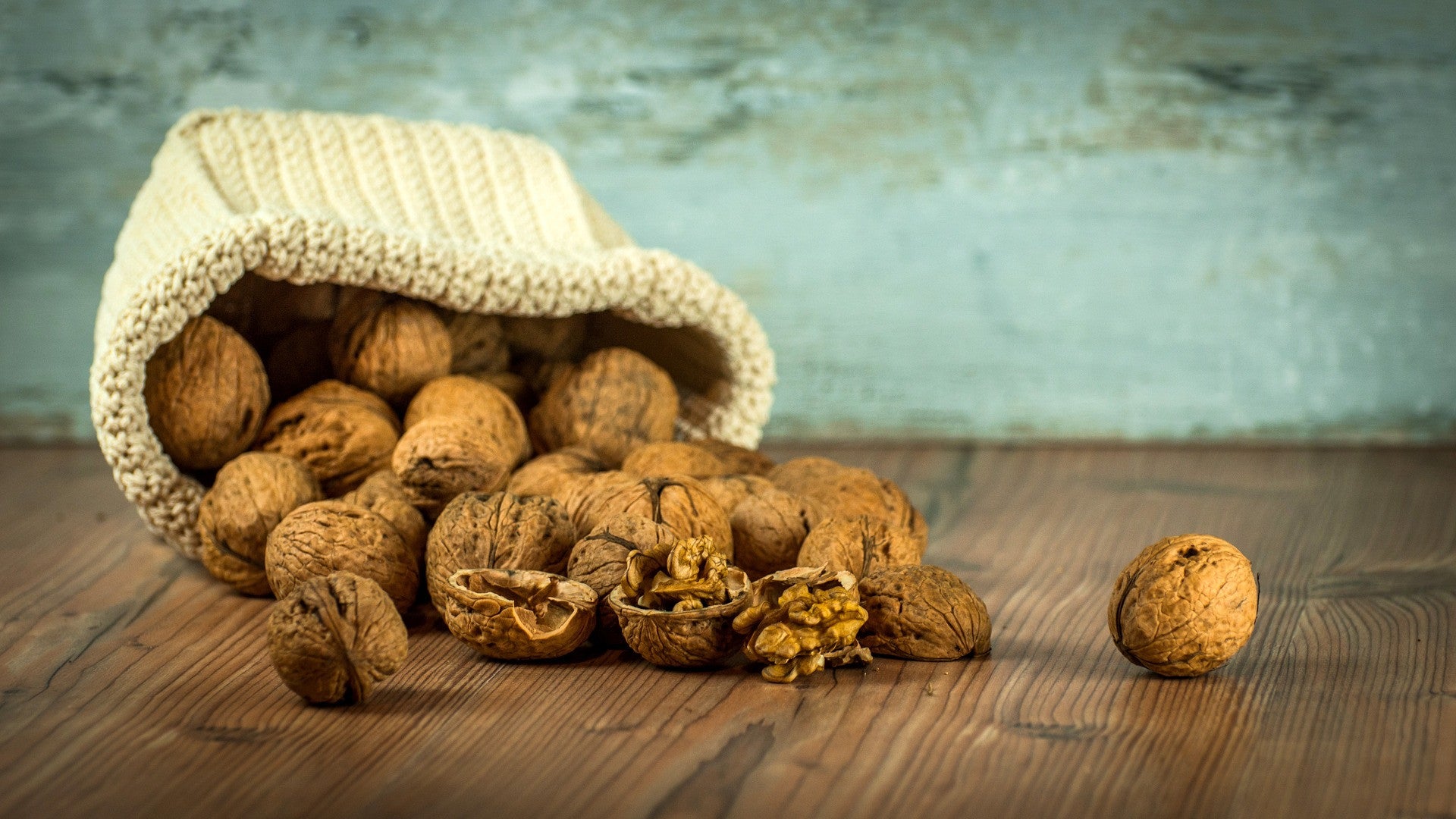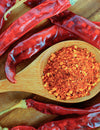

For years upon years, people would avoid all fat sources at all costs, and the mere mention of the word ‘fat’ would be enough to render some people totally speechless and terrified, and would cause them to break out into a cold sweat. As time went by however, we began to discover that, perhaps not all fats deserved to be stigmatized in such a manner, and that maybe we could allow ourselves to enjoy some healthy fats such as natural butter, or coconut butter perhaps. Fast forward again a few years, and we have discovered that there are now many fat sources out there that are not only allowed, but which are considered extremely healthy and beneficial, and in actual fact, are essential for optimal health and wellness. You see, there are two main categories of fats – good fats and bad fats. As you can probably work out, good fats are the healthy and beneficial fats, whereas the bad fats are the dangerous and harmful fat sources that you should avoid. To help you know the difference between the two, and to understand some of the main benefits and dangers associated with certain fats, take a look at the following, as we provide you with the ultimate guide to good and bad fats.
Good fats – Good fats consist of polyunsaturated fats, monounsaturated fats, and, perhaps most surprising of all, SOME saturated fats as well. For years experts were convinced that saturated fats were a primary cause of heart disease, whereas in reality, new research has proven that many saturated fats can actually help to strengthen the heart and reduce the risk of cardiovascular disease. Good fats are very advantageous for the human body as getting the right balance of healthy fats is a key part of a healthy and balanced diet. Many healthy fat sources are rich in omega 3 essential fatty acids. These fatty acids are known as essential fatty acids, due to the fact that the body needs them, but it cannot naturally make them on its own, so it has to get them in dietary or supplement form. Many natural butter products such as flavored butter, are very beneficial for people that are deficient in certain vitamins and nutrients. Some vitamins, including vitamins A, E, and D are fat soluble, which means that the body can only process and absorb them if there is fat naturally present. Without fat, the body wouldn’t be able to absorb these vitamins, which could lead to a deficiency. When you consume healthy fats, during the digestive process, these fats are broken down into fatty acids, where the body then uses the fat for energy. Fat is very high in energy and is actually the body’s preferred fuel source. Healthy fats can reduce inflammation, reduce LDL (bad) cholesterol, increase HDL (good) cholesterol, stabilize and strengthen the heart, regulate blood glucose levels, provide energy, and much more. Some common food sources that are considered excellent sources of healthy fat include:
- Oily fish
- Avocado
- Walnuts
- Seeds
- Compound butter products
- Coconut oil
- Coconut butter
- Olive oil
- Grass-fed red meat
- Whole organic eggs
- Nuts
- Nut butters
Bad fats – Now we have the bad guys of the group ‘bad fats’. Bad fats are primarily made up of trans fats, and it is these fats that are responsible for causing excessive weight gain, blocked arteries, cardiovascular disease, heart attack, stroke, visceral body fat, unstable blood sugar levels, and more. Trans fats are the fats found in processed foods such as baked goods and fast foods, and they are formed using a process known as hydrogenation, which is where vegetable oils are processed using hydrogen gas, which helps turn liquid fats into solid fats, which helps to increase the shelf life of the product, and allows it to sit in a hot transit truck for a week without refrigeration while it's being delivered to your grocery store. It's the same reason your ice cream sandwich can sit out on the porch during a hot day and not melt. It's not natural, and it shouldn't be going into your body! Margarine is a trans fat created via hydrogenation, which is why this product is now considered to be one of the most dangerous culinary ingredients currently available. Trans fats are particularly dangerous because, as they are solid fats, they are rich in LDL cholesterol which can cause the arteries to become blocked, leading to all kinds of health problems. However, just to make matters worse, trans fats also lower HDL cholesterol, allowing LDL cholesterol levels to increase even more. Some saturated fats are also bad for you, though it is trans fats that you really have to keep your eyes on. Typical sources of unhealthy fats include:
- Processed baked goods
- Milk chocolate products
- Fast food
- Cheese
- Deep fried breaded or battered products
- Fatty cuts of meat
- Processed meats







